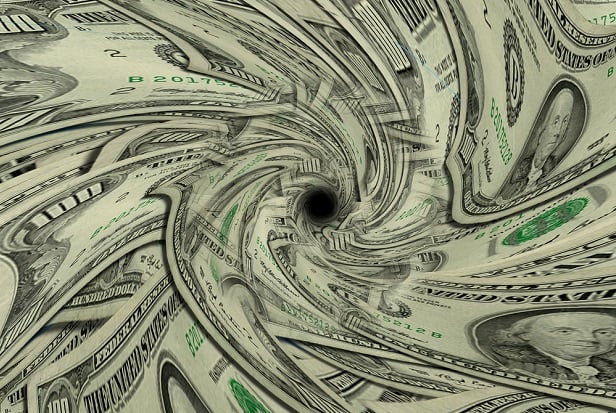- Confidents: those who are doing well financially and believe that they are (34 percent)
- Pessimists: those who are doing well financially but don't think they are (12 percent)
- Idealists: those who think they're doing just fine, when they actually aren't (16 percent)
- Discouraged: those who know they aren't doing well when it comes to money (37 percent)
More people are having a tough time than are doing well
Those whose finances are in good shape—the Confidents and the Pessimists—make up 46 percent of respondents, while those who are lagging financially—the Idealists and the Discouraged—constitute 53 percent. And considering that the typical American has zero retirement savings, according to the National Institute on Retirement Security, it's a wonder there are any Idealists at all. Income inequality is growing, and it's also broadening the gap in retirement account ownership, says NIRS. In analyzing Census Bureau data, NIRS found that "57 percent (more than 100 million) of working age individuals do not own any retirement account assets in an employer-sponsored 401(k)-type plan, individual account or pension."
So who actually has all that retirement money we keep hearing about?
Workers in the top income quartile, says NIRS, who "are five times more likely to have retirement accounts than workers in the lowest income quartile." Not only that, but people who actually have retirement accounts "have, on average, more than three times the annual income of individuals who do not own retirement accounts." It's hard to save anything when you don't have much coming in in the first place. Still, attitudes among the various groups in the Prudential study can be surprising. Check out the slides above to see 10 of their findings.
© 2025 ALM Global, LLC, All Rights Reserved. Request academic re-use from www.copyright.com. All other uses, submit a request to [email protected]. For more information visit Asset & Logo Licensing.
























